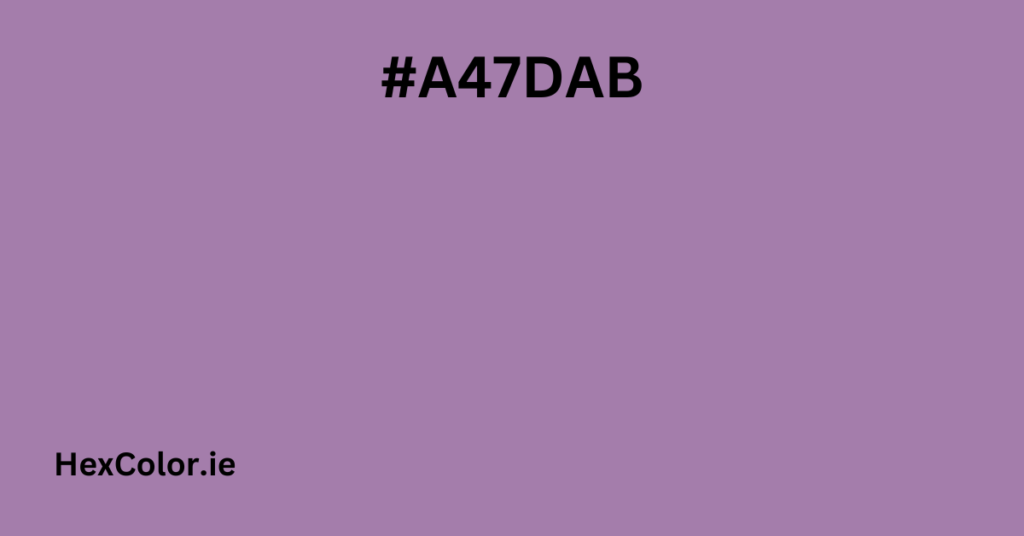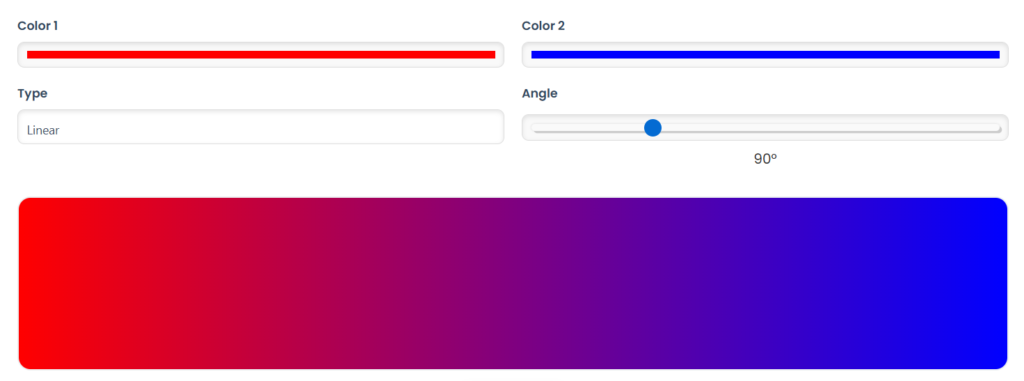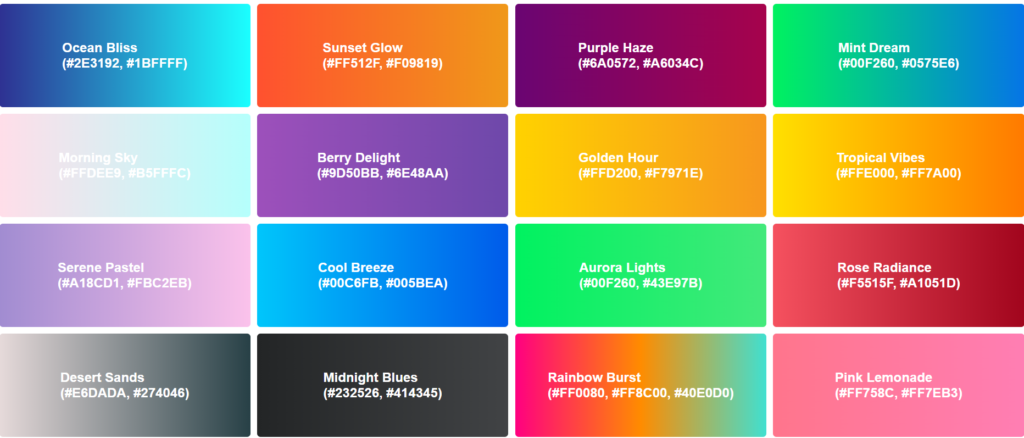
What Is Lilac?
Lilac Color is a gentle, muted shade of violet with a mild, cool undertone. It sits among blue and crimson at the coloration wheel however leans slightly greater towards blue. This gives it a relaxed, soothing high-quality that makes it a fave in design, style, and interiors.
How Does Lilac Look on Digital Screens?
To make certain lilac seems constantly across devices, designers use precise colour codes:
Color Codes:
- HEX: #A47DAB
- RGB: 164, a hundred twenty five, 171
- HSB: 291, 27%, 67%
- HSL: 291, 21%, 58%
When designing for virtual platforms, it’s important to test assessment and accessibility settings to make sure clarity and user-friendliness. Tools like Figma provide plugins to help designers take a look at these factors.
How to Use Lilac in UI and Graphic Design
Lilac is a flexible coloration with a couple of uses. Here’s how you could comprise it correctly:
Usage Ideas:
- Elegance & Luxury: Lilac has a elegant and complex vibe, making it best for high-cease branding, wedding designs, and fashion-related websites.
- Springtime & Freshness: It pairs fantastically with smooth pastels, bringing a sense of renewal, warm temperature, and nature.
- Calm & Relaxation: As a history colour, lilac creates a non violent environment. It works nicely for wellbeing, self-care, and meditation apps.
- Subtle Feminine Appeal: While not overly red, lilac nonetheless consists of a delicate appeal, regularly utilized in beauty and life-style brands.
Colors Similar to Lilac
If you like lilac, you would possibly also like:
Similar Colors:
- Lavender (#D3D3FF): A softer, lighter colour of violet.
- Mauve (#E0AFFF): A more saturated red-pink with an lively feel.
- Puce (#E491A6): A romantic mix of purple and purple.
- Periwinkle (#CCCCFF): A gentle combination of blue and violet.
Colors That Complement Lilac
Lilac pairs superbly with:
Complementary Colors:
- Sage Green (#98A869): A natural, earthy contrast.
- Blue-Gray (#6A89A7): Adds a complicated intensity.
- Tiffany Blue (#81D8D0): Creates a sparkling, airy palette.
- Dusty Rose (#DCA1A1): Enhances lilac’s floral attraction.
- Soft Creams & Grays: These make lilac pop at the same time as preserving the palette stylish.
- Jewel Tones: Emerald inexperienced or deep plum can increase lilac for a richer, extra steeply-priced appearance.
Colors That Clash with Lilac
Some colorings don’t pair nicely with lilac because of their intensity or assessment:
Clashing Colors:
- Neon Green (#2CFF05): Too vivid and overwhelming.
- Tangerine (#FFA800): Clashes rather than complementing.
- Scarlet Red (#ED2100): Overpowers lilac’s tender nature.
- Royal Blue (#305CDE): Too ambitious and saturated, making lilac fade away.
The Symbolism of Lilac
Lilac is often associated with:
Symbolism:
- Spring & Renewal: Named after the lilac flower, this color brings to mind blooming plants and fresh starts offevolved.
- Love & Innocence: A gentle, romantic color that expresses kindness and heat.
- Calm & Trust: The blend of blue and pink makes lilac a non violent and optimistic color.
A Brief History of Lilac
- 1766: First used to describe some thing aside from the flower—especially, a chicken referred to as the lilac-breasted curler.
- 1775: Documented as an legitimate coloration name in England.
- Victorian Era: Worn by using ladies transitioning out of mourning, frequently harassed with lavender.
- Twenties: Became popular in cosmetics and makeup.
- twentieth Century: Gained reputation in indoors design, particularly along different pastels.
Shades, Tints, and Tones of Lilac
Shades (Darker Lilacs)
- #96699E
- #845A8C
- #5F4164
- #39273C
Tints (Lighter Lilacs)
- #BFA3C4
- #D1BDD4
- #E2D6E5
Tones (Muted Variations)
- #8F6897
- #85758A
- #817C83
Color Harmonies for Lilac
If you’re seeking out well-balanced shade combinations, right here are a few options:
Harmonies:
- Complementary: Lilac + Soft Green (#84AB7D)
- Split Complementary: Lilac + Olive (#9BAB7D) + Teal (#7DAB8D)
- Monochromatic: Lilac + Deep Purple (#885D90) + Lavender (#BDA1C2)
- Analogous: Lilac + Soft Pink (#AB7D9B) + Light Purple (#8D7DAB)
- Triadic: Lilac + Muted Gold (#ABA47D) + Teal (#7DABA4)
- Square: Lilac + Earthy Brown (#AB8D7D) + Olive (#84AB7D) + Sky Blue (#7D9BAB)
Popular Custom Palettes Featuring Lilac
Amethyst Palette
- Lilac (#A47DAB)
- Deep Violet (#826387)
- Soft Plum (#5B455E)
- Charcoal (#332736)
Iris Garden Palette
- Lilac (#A47DAB)
- Rich Purple (#692475)
- Sage Green (#82AB7D)
- Olive (#6A6B4E)
Cotton Candy Palette
- Lilac (#A47DAB)
- Blush Pink (#E3A1CD)
- Periwinkle (#8776CC)
- Lavender Purple (#8A65AD)
Accessibility & Contrast Considerations
Lilac works properly in UI layout, however designers want to check contrast for readability:
Contrast Ratios:
- On White Background (#FFFFFF): Contrast ratio three.Forty four:1 (Fails everyday text, passes massive textual content for AA compliance.)
- On Black Background (#000000): Contrast ratio 6.1:1 (Passes regular text for AA compliance, fails AAA.)
How Lilac Appears to Color-Blind Users
People with shade imaginative and prescient deficiencies can also see lilac differently:
Colorblind Simulations:
- Protanopia (Red-Blind): Lilac seems slightly desaturated.
- Deuteranopia (Green-Blind): Looks just like Protanopia but barely cooler.
- Tritanopia (Blue-Blind): Lilac takes on a yellowish tint.
- Achromatopsia (Full Color-Blindness): Appears as a medium grey tone.
Final Thoughts
Lilac is a beautiful, flexible shade that can add beauty, warm temperature, and calmness to any layout. Whether you’re running on branding, style, interiors, or UI/UX layout, lilac may be a beautiful preference whilst paired with the proper colours. By information its records, symbolism, and color harmonies, you may make knowledgeable selections to use lilac efficiently for your designs.


